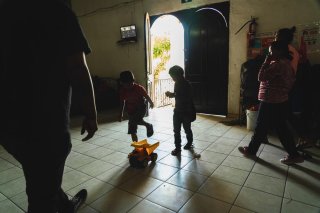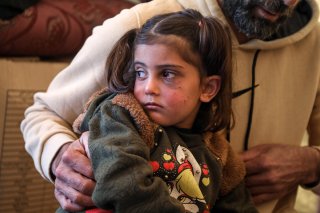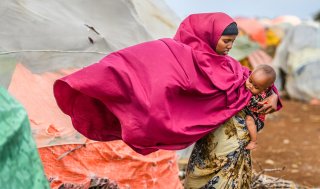
Locust swarms swept across East Africa and Yemen in 2020. A single swarm of 80 million locusts can travel 90 miles each day, consuming the same amount of food as 35,000 people. These cricket-like insects devastated livelihoods and access to crops for thousands. Without harvests, farmers and their communities have been driven to the brink of hunger. In 2020, World Vision distributed essential emergency assistance to communities affected by the locust invasion and distributed seeds to replenish destroyed crops and regenerate damaged pastures.
Today thousands are still at risk of food insecurity. The consequences of conflict, violence, economic inflation, and natural disasters all result in 25.9 million people in Ethiopia needing humanitarian assistance. Around 400,000 people in Ethiopia’s Tigray region are currently facing starvation — the highest concentration of hunger within a single country since Somalia’s famine in 2011 that killed around a quarter of a million people.
In drought-affected areas across the Horn of Africa, persistently low harvests bring an inadequate supply of food to people, inflating cereal prices. Alongside another fruitless rainy season and the Ukrainian war’s disruption of international trade and crop production, this will only increase future prices.




